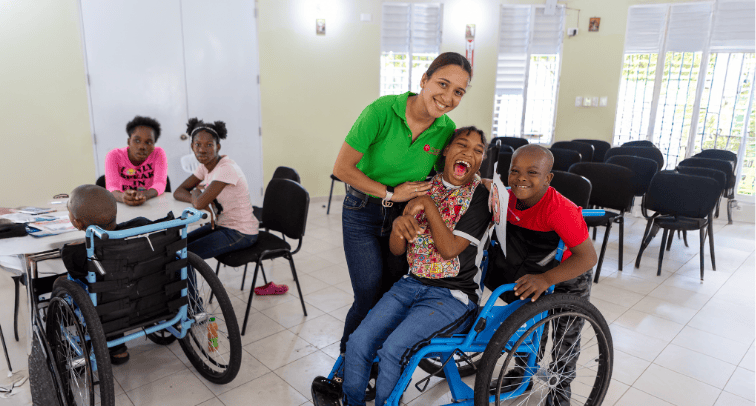
Disability Awareness Guide for Mission Trip Parents
Supporting Your Child, Embracing Every Ability
Whether your child is serving in Jamaica or Dominican Republic, they will be part of a vibrant and inspiring organization that provides lifelong care to children and adults living with disabilities.
This guide aims to give you insight into what your child will experience while they are on their mission trip, and to help you stay connected with them as they reflect on the people they meet, the work they do, and the growth they encounter along the way.
We are honored to have your family involved in our community and hope this experience brings lasting meaning and inspiration.

Autism
Autism is a developmental condition that affects how a person experiences the world around them—how they communicate, connect with others, and process sensory information.
It exists along a wide spectrum, meaning that each person with autism is unique in their strengths, challenges, and ways of expressing themselves.
Rather than a single diagnosis, autism includes a range of characteristics that may vary in intensity and presentation. Some individuals may communicate through words, others through gestures or sounds; some may prefer routine and predictability, while others may be more flexible. What they all share is the need to be understood, respected, and included for who they are.
Autism is one of the most common developmental differences, and many individuals at MSC live great lives with autism. Signs of autism often appear before the age of three: families may first notice differences in how their child interacts, expresses emotions, or meets developmental milestones. Over time, the way autism presents may change or shift, but the individual remains whole and worthy of love and dignity at every stage.
There is no single way that autism looks or feels—it is as varied as the people who live with it. While some common behaviors can help us better understand and support those on the spectrum, we must always remember that every person with autism has a voice, a story, and a deep capacity for connection in their own way.
Explore how we may experience sensory processing, communication, and socialization differences…
May have difficulty processing and regulating sensory input, leading to overreaction or under-reaction to stimuli.
Might be sensitive to light, sound, or touch.
If sensory needs are unmet, the individual may seek ways to self-regulate, such as through movement or repetitive behaviors.
May have difficulty with speech or understanding spoken language.
Communication may be hard to understand, even if it makes perfect sense to the individual.
May not respond to their name or follow verbal directions easily.
Might hum, make repetitive noises, or use an unusual tone of voice (e.g., high-pitched or flat).
May have difficulty responding to their name and other communications.
Could appear to others as being insensitive or rude due to differing emotional responses.
May not like infringement on their personal space, may be very guarded of people coming too close to them.
May struggle to cope with everyday situations, sometimes reacting aggressively due to sensory overload, communication challenges, or confusion about what’s happening or expected.
Tips for Respectful Interactions
As your child prepares for their mission trip, here are some helpful tips they’ll be using to interact respectfully and supportively with individuals with autism.
Recognize individuality and adapt your mindset. Every person with autism is unique and may think or perceive the world differently. Approach interactions with openness and a willingness to adjust your perspective to better connect with and support them.
Create structure and predictability. Routines and consistent schedules help individuals with autism feel secure and understand what to expect. Structure reduces anxiety and supports smoother interactions throughout the day.
Communicate clearly and calmly. Use simple, direct language and a confident tone. Label what is happening and what will happen next. Avoid vague or overly complex instructions to prevent confusion or frustration.
Respect personal space and boundaries. Autistic individuals may be sensitive to touch or proximity. Let them guide how and when they want to interact. Don’t force eye contact or physical contact—follow their cues.
Support emotional regulation and prevent overwhelm. Provide breaks and quiet spaces where the individual can relax without demands. Understand their triggers and take proactive steps to reduce stress and prevent aggressive responses.

Down Syndrome
Down syndrome is a genetic condition caused by an extra copy of chromosome 21.
It can lead to developmental delays and learning challenges, so individuals with Down syndrome may reach milestones like speaking or walking later than others.
On their mission trip, your child may meet individuals with Down syndrome. It’s important to remember that each person is unique—with their own personality, strengths, and interests. Many people with Down syndrome are joyful, social, and love connecting with others. Like all of us, they want to feel respected, included, and valued. With patience, kindness, and openness, these interactions can be incredibly meaningful for both your child and the individuals they meet.
Your child’s deep understanding of Down syndrome will help foster empathy and create positive, respectful interactions with individuals they meet during their mission trip.
Explore how we may experience visual and hearing, developmental and behavioral, and socialization differences…
May experience vision problems, including general vision impairment and frequent eye infections.
Difficulty processing auditory tones, making it harder to understand what is being said.
Smaller ear canals can cause a buildup of ear wax or fluids behind the eardrum, potentially leading to hearing loss.
May show more stubbornness and difficulty controlling impulses.
Intellectual and developmental challenges can range from mild to moderate.
Short attention span may make classroom learning harder and slow overall learning progress.
Delayed language and speech development is common.
Strong social skills and effective use of non-verbal communication are often present.
Short-term verbal memory challenges can affect the ability to hold and process verbal information.
Difficulty understanding how to interact with peers.
Individuals may be verbal, have limited or delayed speech, or be nonverbal.
Sign language or other adaptive communication systems may be introduced for better interaction.
Some individuals use gestures or noises to communicate their needs or feelings.
Tips for Respectful Interactions
As your child prepares for their mission trip, here are some helpful tips they’ll be using to interact respectfully and supportively with individuals with Down syndrome.
Ensure clear communication. When speaking, bend down to their level, make eye contact, and speak clearly to ensure they can hear and understand you.
Use simple, direct language. Set clear limits and rules, and be consistent in following through with what you say.
Engage with expression. Be animated, use gestures, and make your communication visually engaging to capture attention and keep them interested.
Be patient and adjust your pace. Give them time to respond, and speak more slowly to ensure they fully understand what you’re saying.
Treat each person with respect and equality. Individuals with Down syndrome can learn, form friendships, play sports, and pursue their interests. Never underestimate their abilities or potential!

Cerebral Palsy, Hydrocephalus, and Microcephaly
Cerebral palsy is a group of neurological conditions that affect movement, coordination, and muscle tone.
It is caused by damage to a baby’s developing brain, typically before or shortly after birth. The effects can range from mild to severe—some individuals move independently, while others need assistive devices like wheelchairs.
Cerebral palsy often causes muscles to be either overly stiff or too loose, making movement unpredictable or difficult. This can also lead to contractures, where muscles or joints become permanently tightened due to lack of mobility. Without access to regular physical therapy—which is often limited in developing countries—these contractures can worsen over time, leading to pain and reduced range of motion.
Though the body may not always cooperate with what the mind intends, individuals with cerebral palsy are fully aware and capable like anyone else, and they benefit greatly from patient, respectful support.
Explore how we may experience the world differently…
About 1 in 3 individuals with cerebral palsy are unable to walk.
Many favor one side of the body, which may result in uneven muscle strength or limb size.
Tight or spastic muscles can make it difficult to release or control movement, affecting both gross and fine motor skills (like picking up small objects).
Muscle challenges can make chewing and swallowing difficult.
Some individuals may struggle to hold utensils or drink without help.
These issues can lead to poor nutrition or dehydration without support.
1 in 4 individuals with cerebral palsy also have epilepsy.
Seizures vary in type and severity.
Staff are trained to respond and ensure safety when seizures occur.
About 1 in 4 individuals with cerebral palsy are nonverbal.
Cerebral palsy can affect the coordination of the mouth muscles needed for speech, making verbal communication difficult.
Many individuals also experience language delays, though they may still understand much of what is said to them.
With time and support, alternative methods like gestures, sounds, or communication devices can help individuals express themselves.
3 out of 4 individuals with cerebral palsy experience chronic pain.
This pain may come from tight muscles, repetitive strain, or related conditions like osteoarthritis.
Pain can affect behavior, concentration, and the ability to engage in daily tasks.
Supportive care, physical therapy, and gentle interactions can help ease discomfort and improve quality of life.
Tips for Respectful Interactions
As your child prepares for their mission trip, here are some helpful tips they’ll be using to interact respectfully and supportively with individuals with cerebral palsy.
- Children and adults with cerebral palsy have a wide range of abilities. While it affects movement, it doesn’t always affect thinking or understanding.
- Some individuals speak, others use gestures, sounds, or devices to communicate—but all deserve to be heard and understood.
- Like anyone else, they have personalities, preferences, and interests. With the right support, they can take part in all kinds of activities.
- Be patient—things may take a bit longer, but that time shows respect and can lead to meaningful connection.
- If you’re unsure what someone said, it’s okay to kindly ask them to repeat it. Listening closely and showing you care goes a long way.
- Always treat mobility aids, like wheelchairs, as part of the person. Don’t lean on them or treat them like furniture.
Hydrocephalus and Microcephaly
Several residents of Mustard Seed Communities are affected by hydrocephalus and microcephaly, which also impact physical and cognitive abilities.
Hydrocephalus is caused by a buildup of fluid in the brain, which puts pressure on brain tissue and can affect physical and cognitive abilities. It may result from genetic conditions, birth complications, or infections. In developing countries, access to surgery and treatment can be limited, making the condition more severe. Children with hydrocephalus often have larger heads and may experience symptoms like sleepiness, seizures, and difficulty with movement. Physical therapy and ongoing care can improve quality of life.
Microcephaly is a condition where a child is born with a smaller head and brain than expected, often due to early brain development issues. While the exact cause is often unknown, factors like infections, poor nutrition, or exposure to harmful substances during pregnancy may increase risk. Microcephaly is lifelong and has no cure, but early developmental support can help children reach their fullest potential.

Sensory Impairment
Sensory impairments like vision and hearing loss affect millions worldwide, especially in developing countries where access to care and resources is limited.
Vision Impairments
Nearly 90% of people who are blind or visually impaired live in developing countries. In these regions, poverty and blindness often go hand in hand—limited access to healthcare means that treatable conditions like infections or cataracts can lead to permanent vision loss.
Resources we take for granted, like glasses or simple eye surgeries, are often unavailable or unaffordable. In rural areas especially, even mild vision problems often go untreated. Despite these challenges, individuals with visual impairments adapt in many ways—and volunteers will be guided in how to support them with care and respect.
Hearing Impairments
About two-thirds of people with hearing impairments live in developing countries, where causes like early infections or other disabilities (such as Down syndrome) often go untreated. Many children with hearing loss don’t attend school, and adults with hearing loss face high unemployment—leading to cycles of poverty and isolation.
Most children with hearing differences are born to hearing parents who may not know how to communicate with them, especially in places where sign language is not commonly taught. As a result, some children face stigma or are kept from full participation in family or community life. Mustard Seed Communities is changing that.
Tips for Respectful Interactions
Volunteers are encouraged to be patient, creative, and open to many forms of communication. Understanding these challenges helps us provide compassionate support and empower individuals to thrive.
For individuals affected by vision differences…
- Always keep the person safe and secure, as they may be more vulnerable.
- Speak in a calm, gentle voice and offer reassurance often.
- When you arrive, introduce yourself so they know who’s with them. Let them know when you’re leaving to avoid sudden loneliness.
- If they use a wheelchair, always tell them before moving it or changing their surroundings to prevent surprises.
- Don’t move their personal belongings or change their room setup. If something needs to be moved for safety, talk with them first so they know exactly where it is.
For individuals affected by hearing differences…
- There’s no one-size-fits-all approach to communication—every person who is deaf or hard of hearing has different needs and preferences.
- Communication is a shared effort. It may take some trial and error, and that’s okay. Patience and flexibility go a long way.
- If sign language isn’t an option, try writing, gestures, lip reading, or using pictures or devices—whatever helps build connection.
- A quiet, well-lit setting helps. Background noise and distractions can make it harder to communicate.
- Get the person’s attention before speaking, using a gentle touch or visual signal if needed.
- Speak naturally and clearly—no need to shout or over-exaggerate your words.
- Face the person and don’t cover your mouth, so they can see your lips and expressions.
- Use body language and visual cues to help get your message across.

Communication Differences
Communication is a basic human need—it helps people connect, make choices, and express themselves.
Just because someone doesn’t speak doesn’t mean they have nothing to say or don’t understand you. Being able to communicate allows individuals to engage with friends, family, and their community. When communication is difficult, it can lead to frustration, isolation, or behavior challenges.
Non-verbal communication can occur with many conditions, including autism, cerebral palsy, or Down syndrome, affecting how someone interacts with others. Our goal is to recognize each person’s unique abilities and find the best way for them to communicate meaningfully.
Examples of non-verbal communication include…
- Crying can mean someone is stressed, sad, scared, tired, hungry, or lonely.
- Laughing often shows happiness, excitement, or sometimes nervousness.
- Screaming usually signals pain, anger, frustration, or an urgent need for help.
- Eye movements and where someone looks can reveal what they want or are interested in. If they focus on something or someone for a long time, it might mean they want it or want attention.
- Gestures like clapping, reaching, or holding an object are unique ways each person expresses excitement, desire, or connection.
- Movements, such as moving toward something, touching it, or throwing it away, also help show what they need or don’t want.
Tips for Respectful Interactions
As your child prepares for their mission trip, here are some helpful tips they’ll be using to interact respectfully and supportively across communication differences.
- When interacting with a nonverbal individual, talk to them often—label objects, describe what you’re doing, and use simple words or phrases.
- Repeat the same words daily during routines to help them make connections.
- Even without a clear response, keep communicating consistently.
- Offer choices through gestures or movements to give them a voice and control.
- Use both your voice and body language—nod for “yes,” shake your head for “no,” and touch items as you name them.
- Praise all attempts at communication with enthusiasm.
- Pay attention to their interests and talk about what they like.
- Playing and reading together supports speech and cognitive growth—make time for both.
- Sit at their eye level to build connection and improve communication.
How Your Child Can Make a Difference
As a parent, you want your child to treat everyone with kindness, dignity, and compassion. Here are a few simple reminders to help your child make a loving and respectful connection with the people at Mustard Seed:
- Disability does not mean inability. Our residents are capable in many ways—sometimes in ways that may surprise your teen. Encourage them to look beyond disabilities and celebrate each person’s abilities and strengths.
- Patience and compassion create connection. Residents express themselves in different ways. If someone wants to join in an activity—wonderful! If they need space, that’s okay too. We teach teens to be attentive to cues and respond with sensitivity.
- Residents love having fun. Teens often find that laughter, games, and shared experiences create deep connections that transcend differences.
- Support is always available. Staff and caregivers guide volunteers in positive, safe interactions.
Above all, we encourage teens to approach each day with an open heart. Time with MSC residents often becomes one of the most meaningful and transformative parts of the mission experience.
Meet the people of mustard seed communities
Behind the facts and figures in our disability guide are the rich stories of children and adults who call Mustard Seed home. Here, you’ll get to know their journeys, celebrate their achievements, and see how they’re thriving and making their mark on the world.
-
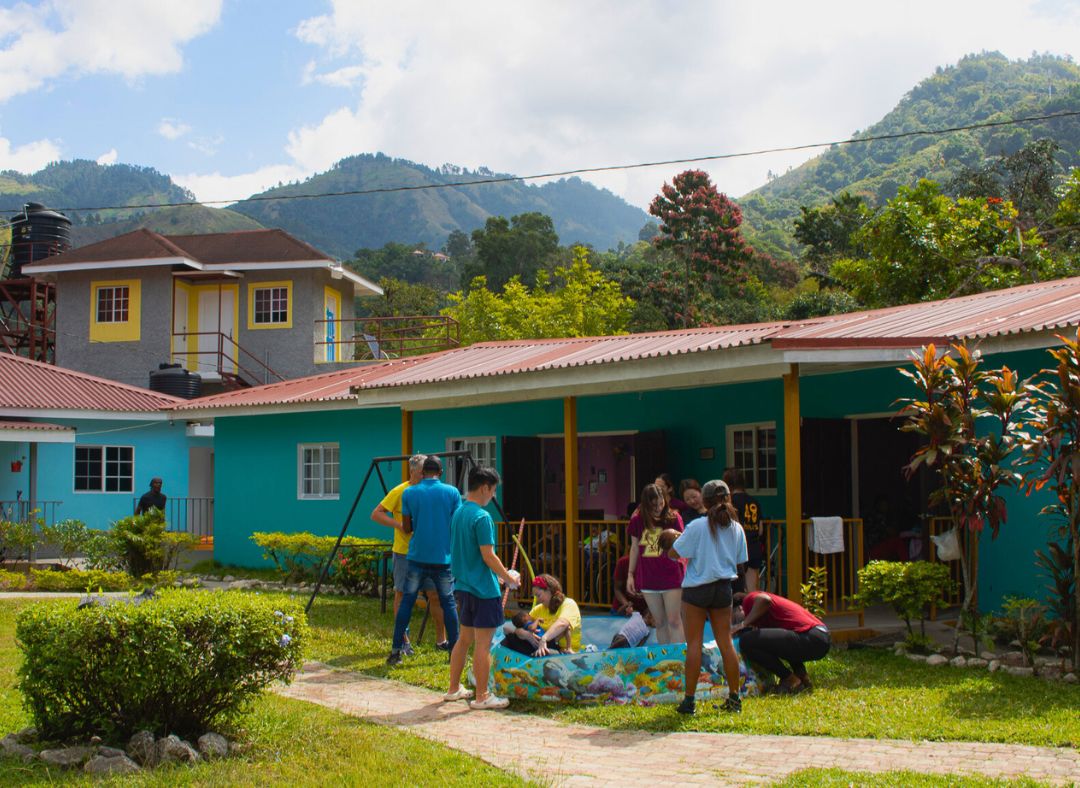
The Greatest Gift: Come With Us
 Mission Trips
Mission Trips
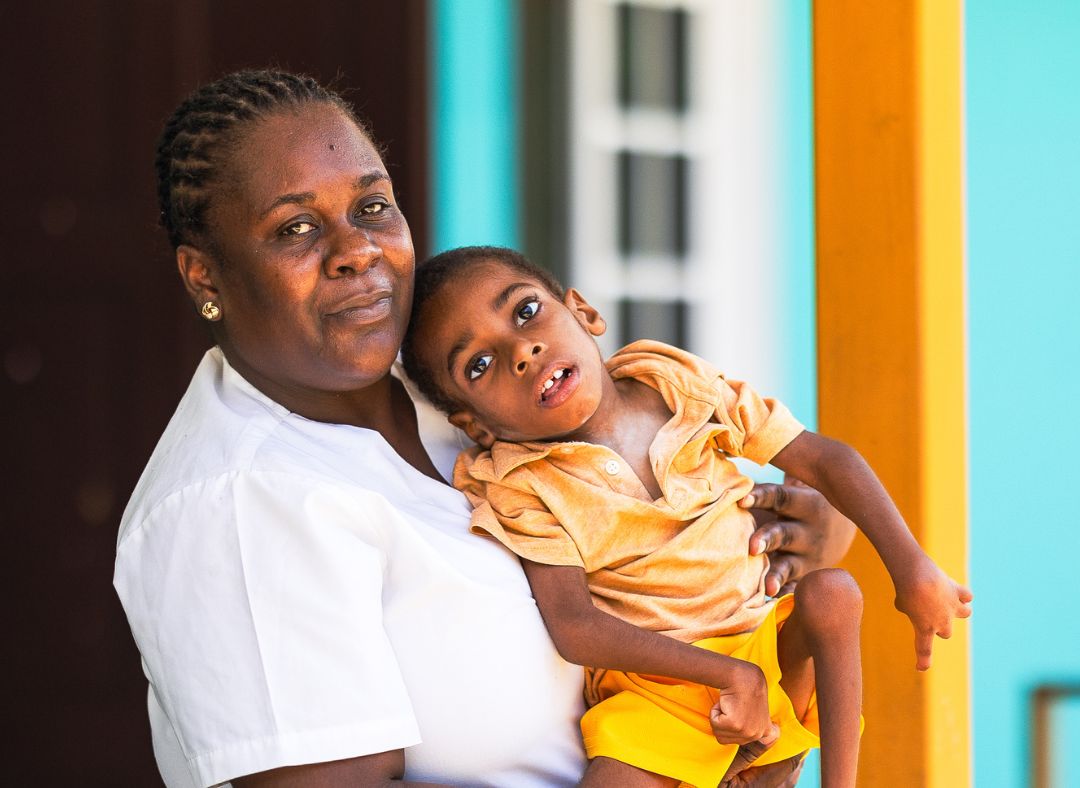
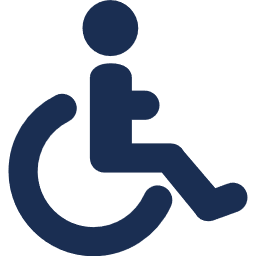 Children with Disabilities
Children with Disabilities
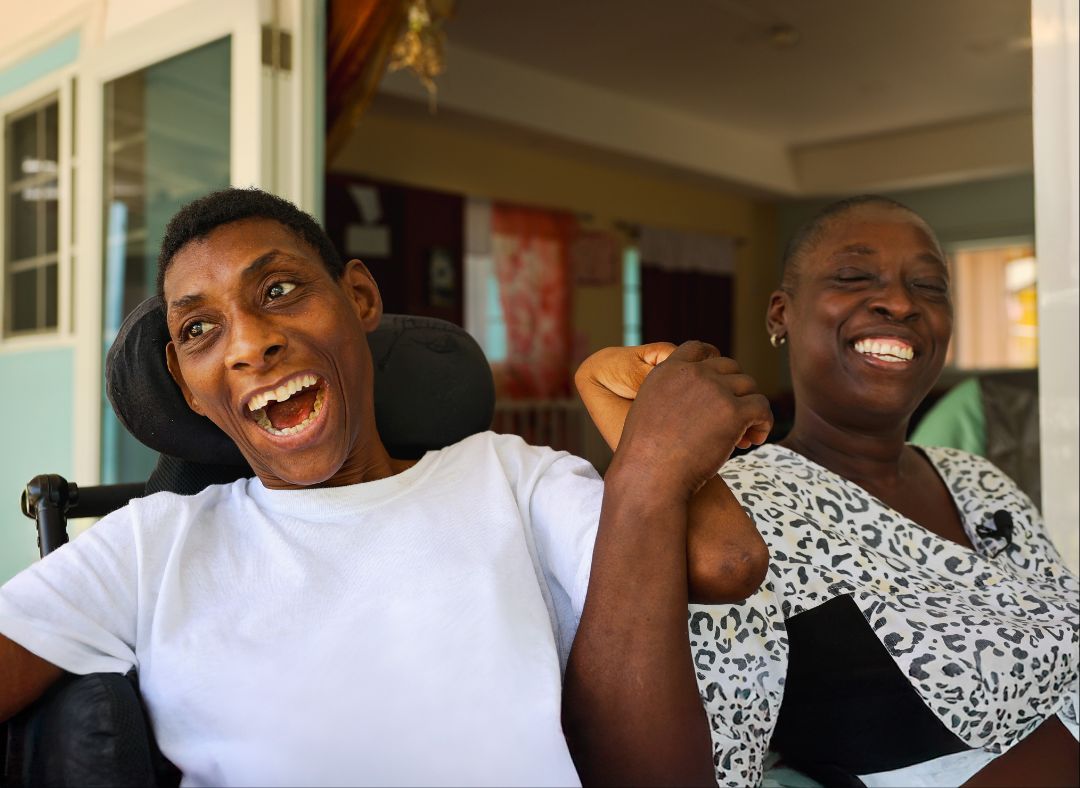
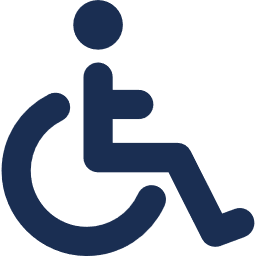 Adults with Disabilities
Adults with Disabilities
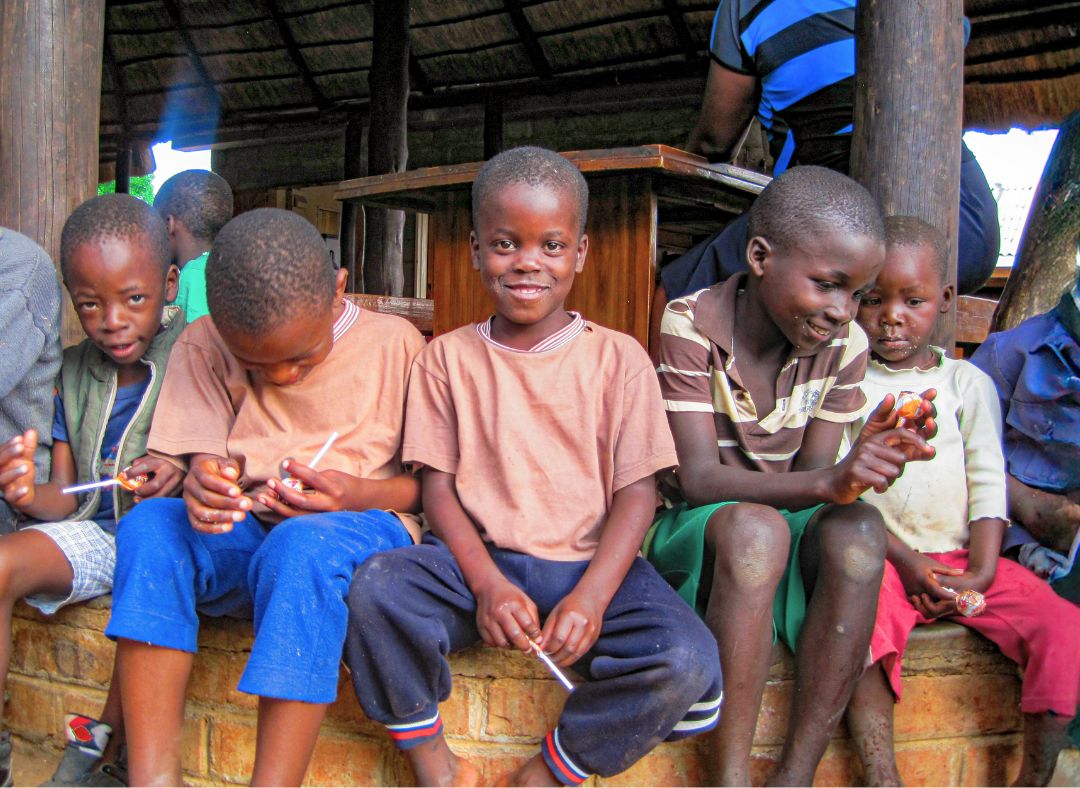
 Nutrition
Nutrition